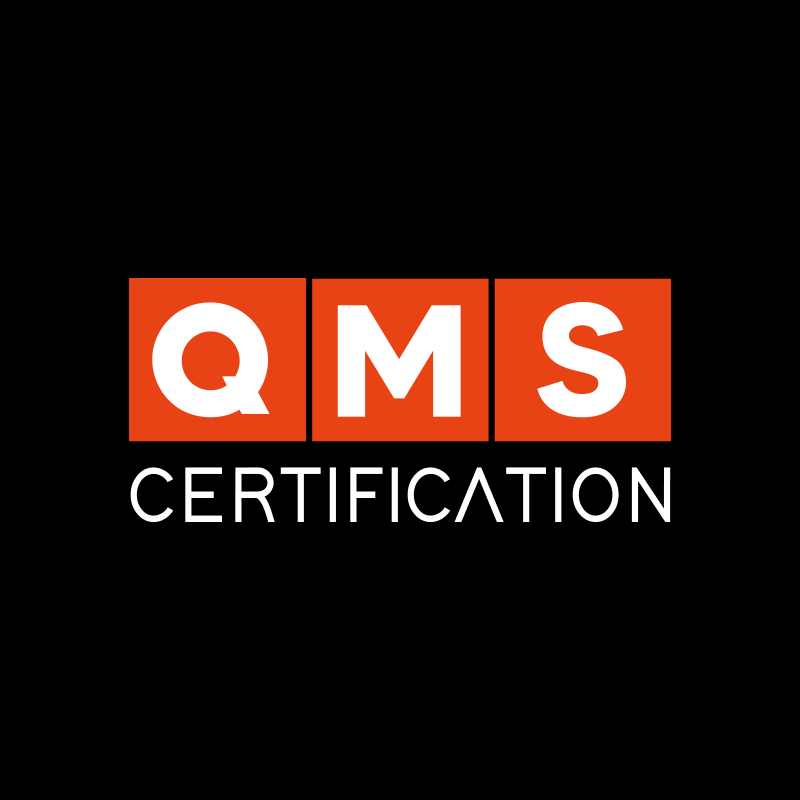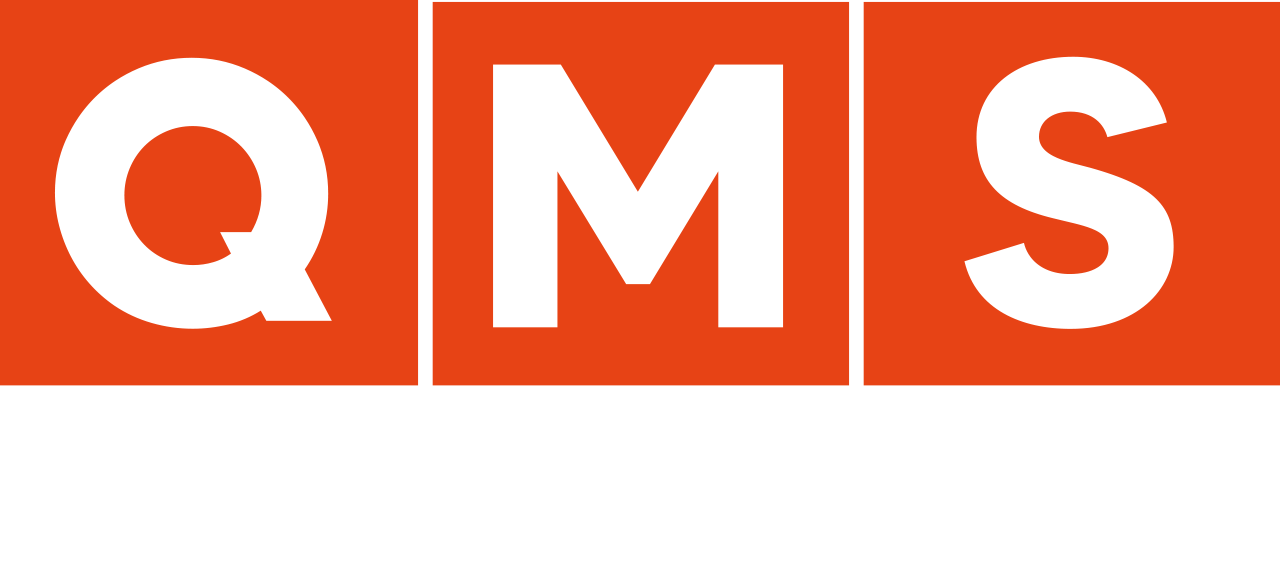Learn about the main aspects of requirement 6.2 of the ISO 9001:2015 standard: quality objectives and planning and how to achieve them.
Since its last revision, ISO 9001 has focused not only on products but also on services and has brought many changes to its requirements.
The current requirement 6.2, in the 2008 version of the ISO standard, was part of requirement 5.4. In the review process, it was understood that it would be necessary to separate it and give more emphasis to the stages of the quality objectives and their planning.
Thinking about the emphasis on requirement 6.2 from the 2015 version of the standard, we will explain each item so that its application in practice becomes easier to achieve.
Quality objectives and planning to achieve them
ISO 9001:2015 requirement 6.2 is subdivided into two parts.
Item 6.2.1 which deals with which objectives the quality must establish for the organization, that is, which criteria are necessary to define them. And, 6.2.2, which mentions what needs to be done to achieve them.
6.2.1 The organization shall establish quality objectives at the relevant functions, levels and processes required for the quality management system
This requirement is subdivided into seven items, which must be analyzed one by one in order to have solid objectives inherent to the organization’s culture. Let’s take a closer look at each of them:
- be consistent with the quality policy: this item is related to the quality policy, where the standard says that the objective must be consistent with the policy. This means that, when structuring the quality objectives, it is necessary that they are aligned with its policy, which, in turn, must demonstrate the objectives that the organization aims to achieve. In practice, it means that your objectives must demonstrate the organization’s role to its stakeholders;
- Be measurable: the objectives need to be measurable, that is, it is important that the organization monitors the fulfillment of these objectives. Therefore, it is necessary to define clear goals and concrete ways of monitoring them;
- take into account applicable requirements: this item highlights that requirement need to be applicable to products or services. Thus, regardless of the company’s business area, it is important to observe the legal, contractual, statutory and regulatory requirements, in this case, depending on the nature of the organization;
- be relevant to the conformity of products and services and to increase customer satisfaction: when we talk about the relevance to the conformity of products and services and to increase customer satisfaction, item D of requirement 6.2 of ISO 9001:2015, we can translate as follows:
- is the product or service being delivered as agreed?
- is it increasing customer satisfaction?
If the answers are yes, it means that the quality objectives are in accordance with the organization’s objectives;
- be monitored: item E, which deals with the monitoring of objectives, is directly linked to item B, because in addition to measuring these objectives, we need to monitor them through indicators, which will point out to us the need to improve the system of management;
- be communicated: after the definition and planning stages, this item highlights the importance of communicating the objectives to the interested parties. Communication can be carried out through various channels of the organization, such as meetings, emails, intranet, marketing material, etc.;
- be updated as appropriate: finally, this item points out the need to update the objectives based on the follow-up analyses. This update can be carried out in a specified period or at any time, as long as there is a change in the objective.
Important point: the quality objectives must be documented by the organization.
6.2.2 When planning how to achieve its quality objectives, the organization shall determine
Once we meet ISO 9001:2015 requirement 6.2, we need to think about how to plan to achieve our quality objectives. This is what requirement 6.2.2 deals with, where we will analyze each item. Let’s see:
- what will be done: this item refers to the way the organization will structure to meet the quality objectives. For example, if the company’s quality objective is “engaged and proactive employees”, to meet this objective it will be necessary to develop a training and competence development program;
- what resources will be required: it is directly linked to item A, because to do something it will be necessary to check what resources the organization has, whether financial, human, etc.
- who will be responsible: as in every action plan, it is necessary to define who will carry it out, because in case of doubt, we know who to turn to;
- when this will be completed: the deadline for completion is essential for the progress of the execution, because this way we are able to establish the stages of the plan;
- how the results will be evaluated: the action plan must be evaluated, therefore, we need to define who will evaluate it for its effectiveness as well as how and when the analysis will be carried out.
Note that item 6.2.2 is the application of the PDCA cycle on what was defined in item 6.2.1.
Summarizing requirement 6.2
Now that we have gone over the entire ISO 9001:2015 requirement 6.2, we can understand that this requirement is related to the organization’s objectives. That is, about what it delivers to the interested parties and that, therefore, it is necessary to have solid, achievable quality objectives that are coherent with its quality policy.
Therefore, quality objectives must necessarily “talk” to the organization’s strategic objectives and be possible to measure and monitor. Therefore, well-structured indicators are needed!
Finally, the quality objectives need to be communicated to the company, and still be always up to date. For this, we can define a periodicity or whenever the need for change arises. The important thing is to ensure that everything is really being worked on with Quality!










